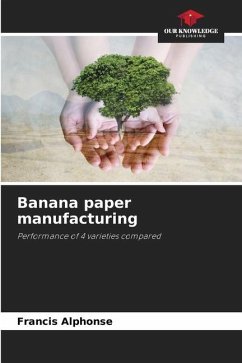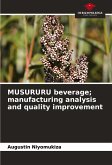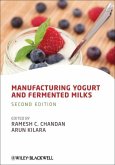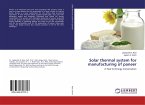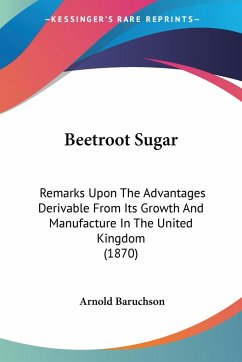The world consumption of paper has not stopped increasing despite the development of NTICs. The search for new raw materials for paper manufacture is therefore becoming a matter of great international concern in the face of the decline in the world's forests. The present study establishes the ability of 4 banana varieties to provide acceptable quality fiber for paper making and derived products. It was found that the yield of banana fiber (2-3%) is low compared to that found in Japan (10%), that the extraction technology used in Haiti is not very efficient, and that the specific weight of forest species (over 300 kg/m3) far exceeds that of banana fiber (11-15.8 kg/m3). It was further noted that the musk variety gives the best fiber yield (3%), while the highest possible yield per hectare (2641 Kg) is obtained with the exotic variety Irfa-909. Banana fibers contain less cellulose (24 to 35%) than wood (40 to 52%). The Irfa-909 and Musquée varieties with the highest lignin content (39.76 and 36.82) have a higher resistance to stretching.
Bitte wählen Sie Ihr Anliegen aus.
Rechnungen
Retourenschein anfordern
Bestellstatus
Storno

